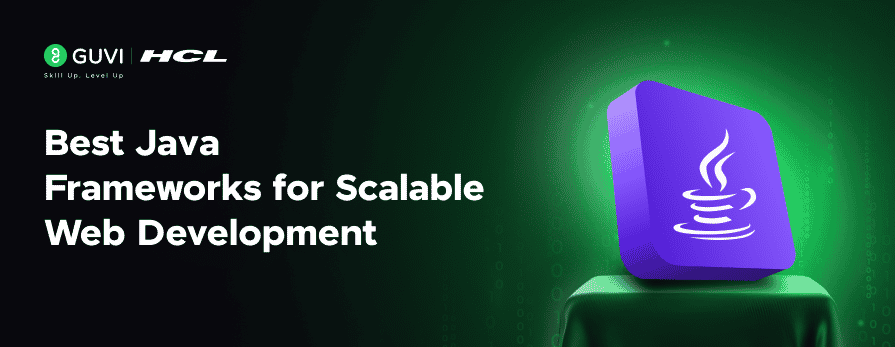
Best Java Frameworks for Scalable Web Development
Aug 29, 2025 7 Min Read 1394 Views
(Last Updated)
Did you know that over 30% of enterprise platforms run on Java? Choosing the right framework is what makes them scalable and maintainable. According to Statista, Java is still holding strong as one of the top five programming languages in the world, no matter what kind of developer you are. Its reputation for reliability and backward compatibility has made it the go-to choice for enterprise systems and web platforms, especially when stability over the long haul is a must.
But here’s the thing: Java shines when you use it with the right frameworks. These tools add much-needed structure, help you manage complexity, and cut down on technical headaches. Whether you’re building APIs, working with monoliths, or designing microservices, the right framework can make all the difference.
Ready to find out which Java frameworks can help you build scalable, maintainable, and modular applications? Keep reading!
Table of contents
- What is an Array in Java?
- Why Are Array Data Structures and Algorithms Important?
- Types of Arrays in Java
- One-Dimensional Array
- Multi-Dimensional Array
- How to Declare, Initialize, and Access Arrays in Java
- Declaring an Array
- Initializing an Array
- Accessing and Updating Elements
- Finding Array Length
- Traversing Arrays Using Loops
- Arrays of Objects in Java
- Passing Arrays to Methods
- Returning Arrays from Methods
- Common Algorithms Using Arrays in Java
- Searching An Element (Linear Search)
- Sorting an Array
- Finding the Maximum and Minimum Element
- Reversing an Array
- Advantages of Arrays in Java
- Disadvantages of Arrays in Java
- Conclusion:
- FAQs
- What is an array in Java?
- What are the benefits of using arrays?
- Can an array hold different data types?
- What are the differences between an array and an ArrayList?
What Are Java Frameworks?
Java frameworks are development platforms built with pre-written libraries and design rules that streamline software creation. They support backend and frontend logic through modules that automate complex infrastructure. Frameworks help organize code across controllers, services, and repositories so developers don’t have to manage application layers manually. Without frameworks, Java developers spend time rewriting connection logic, thread handlers, and security filters. Frameworks eliminate this by offering proven patterns and component configurations. Teams follow the same structure, which improves code readability and system resilience.
Also Read: Top 30 Java Collection Framework Interview Questions and Answers
Top 14 Java Frameworks for Scalable Web Development
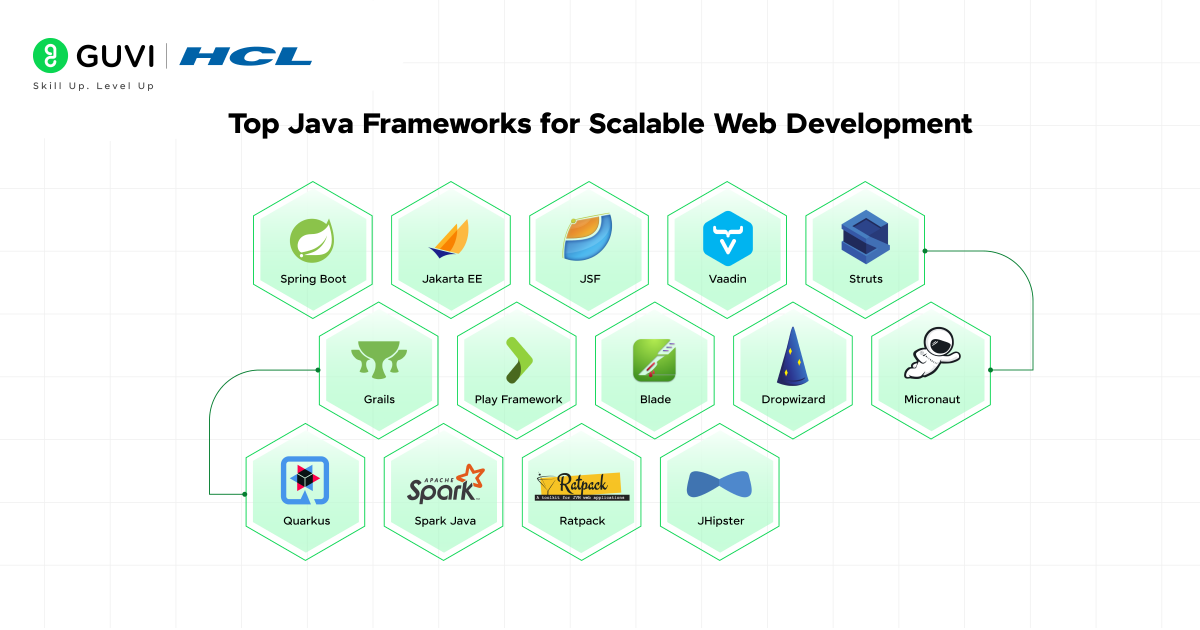
This section reviews Java frameworks that support large-scale or high-throughput web applications:
- Spring (Spring Boot, Spring MVC, Spring WebFlux)
Spring is the most comprehensive Java framework used across enterprise and mid-scale systems. It provides developers with powerful abstractions for dependency injection and request routing. Teams building modular architectures rely on Spring to manage services, filter requests, and support layered backends that scale cleanly. The framework allows you to expose RESTful APIs while also handling more complex patterns like asynchronous messaging and event-driven flows.
Spring Boot simplifies how Java web applications are configured and deployed. It removes the need for boilerplate XML and classpath configuration by introducing defaults that work across most environments. You can create production-ready applications that include embedded servers, standardized logging, and database connectivity with just a few annotations and well-structured classes.
Spring MVC supports the core HTTP mapping and controller logic used to handle client-server communication. It lets developers define endpoint behavior, bind incoming requests, and manage response formats in a way that aligns with RESTful API practices. MVC’s declarative style also keeps business logic separated from routing concerns, which improves readability and testability.
Spring WebFlux extends Spring’s model into reactive programming. It allows applications to process high-throughput workloads using a non-blocking runtime. With WebFlux, services remain responsive even under concurrent access.
Top Features:
• Annotation-based dependency injection
• REST controllers and request handlers
• WebFlux for non-blocking I/O
• Auto-configuration using starter templates
• Integration with Kafka, Redis, and MongoDB
Best Benefits:
• Speeds up setup through convention-based structure
• Reduces boilerplate in enterprise-scale applications
• Supports cloud-native patterns and container deployments
• Compatible with Gradle and Maven builds
• Strong community support and lifecycle stability
- Jakarta EE (formerly Java EE)
Jakarta EE is a specification-driven framework designed for enterprise applications that require compliance and long-term support. It includes APIs for transaction control and messaging. It also encompasses persistence and distributed systems.
Top Features:
• JPA for database access
• EJB for stateless and stateful session beans
• Servlets for HTTP requests
• Security and role access control
• Standard APIs for JMS and JAX-RS
Best Benefits:
• Maintained through open governance under Eclipse Foundation
• Compatible with enterprise-grade containers
• Long-term API stability for financial and government systems
• Supports clustering and session replication
- JSF (JavaServer Faces)
JSF is a UI component framework with a server-rendered architecture. It allows backend developers to manage visual components through server logic. It also includes avoiding direct manipulation of HTML or JavaScript.
Top Features:
• Pre-built UI components and layout controls
• Managed beans with scoped lifecycle
• Event-driven page updates
• Facelets for layout templating
• Built-in input validation and error handling
Best Benefits:
• Useful for portals with complex forms and approval flows
• Abstracts frontend concerns for backend-focused teams
• Good integration with Jakarta EE systems
• Supports theming and session control
• Useful in banking and telecom dashboards
- Vaadin
Vaadin is a server-side web framework for constructing modern UIs using only Java. It eliminates the need to code in HTML or JS while still producing interactive web applications. It also utilizes Web Components and communicates state through the server.
Top Features:
• Java-based UI rendering
• Reactive data binding with form components
• Real-time updates using push technology
• Pre-built chart and grid elements
• Plugin support for analytics and access control
Best Benefits:
• Simplifies frontend for Java-only developers
• Speeds up dashboard and admin panel development
• Useful for secure internal tools
• Avoids maintaining frontend frameworks separately
• Works well for reporting, monitoring, and user workflows
- Struts
Struts is one of the earliest MVC frameworks in Java development history. While not as modern as Spring, it is still maintained and widely used in legacy enterprise environments.
Top Features:
• Action-based routing with clear mapping
• XML-driven configuration for flow control
• Tag libraries for UI components
• Validator framework for form input
• Extension support through plug-ins
Best Benefits:
• Predictable behavior in long-standing applications
• Easy to maintain in legacy codebases
• Familiar to teams managing stable internal tools
• Minimal runtime surprises
• Works with existing JSP systems
- Grails
Grails is built on the Groovy language and runs on top of Spring Boot. It is precisely designed for rapid development with convention-based patterns and built-in scaffolding tools.
Top Features:
• Groovy scripting for controllers and services
• Auto-generated CRUD templates
• GORM for ORM and transaction handling
• Integrated testing support
• RESTful API generation
Best Benefits:
• Quick MVP development for startups
• Reduces setup time and boilerplate
• Supports modular growth without configuration bloat
• Ideal for small teams or fast-changing projects
• Compatible with Java libraries and Spring ecosystem
- Play Framework
Play is a stateless and asynchronous framework that supports reactive programming. It is constructed for applications where responsiveness and non-blocking data handling are critical.
Top Features:
• Actor-based architecture using Akka
• JSON serialization and form binding
• WebSocket and stream handling
• Development-time hot reloading
Best Benefits:
• Works well for real-time applications
• Scales under high concurrency
• Useful for chat, trading, and telemetry systems
• Combines Scala and Java in the same build
- Blade
Blade is a minimalist Java web framework that focuses on simplicity and a small footprint. Blade is built using Java 8’s functional programming features. It is designed for developers who need full control without overengineering. Blade follows the MVC pattern and offers a clean routing mechanism with embedded Jetty. It avoids heavy configurations and favors annotation-based design to help teams focus on writing business logic instead of fighting boilerplate. Blade works well for microservices and small RESTful web applications where low memory usage is important.
Top Features
• Functional and annotation-based routing
• Embedded Jetty server with zero configuration
• Lightweight core suitable for small binaries
• Native support for RESTful endpoints
• Modular extension support
Best Benefits
• Reduces startup time and memory use for microservices
• Helps developers focus on business features, not configuration
• Simplifies request handling with intuitive routing syntax
• Makes local development and deployment faster
• Provides clean architecture for building modular services
- Dropwizard
Dropwizard combines popular Java libraries into a single framework optimized for performance and observability. It concentrates on building RESTful web services that are ready for production deployment. It integrates Jetty for the web server and Jersey for routing. It also incorporates Jackson for JSON handling and Metrics for monitoring. Dropwizard is favored by teams who want stable, battle-tested libraries combined under one opinionated structure. Its simplicity lies in offering strong defaults with minimal external configuration while preserving operational depth.
Top Features
• Embedded Jetty server for fast bootstrapping
• Jersey-based resource handling for REST APIs
• Jackson for fast JSON serialization
• Health checks and metrics built-in
• YAML configuration management
Best Benefits
• Ideal for backend APIs where monitoring and performance matter
• Reduces setup time with pre-wired production tools
• Helps build consistent microservices aligned with DevOps standards
• Makes health checks and observability part of the default stack
• Works well for services deployed in containers or internal clusters
- Micronaut
Micronaut is a next-generation JVM framework designed for building modular and serverless functions. It performs dependency injection at compile time instead of runtime. It further reduces memory usage and speeds up cold starts. It supports reactive and imperative models and integrates with Kafka, RabbitMQ, and GraalVM. Micronaut’s low-overhead design is perfect for cloud-native Java development, where service density and fast deployment cycles are non-negotiable.
Top Features
• Compile-time dependency injection without reflection
• GraalVM native image compatibility
• HTTP client and server with reactive support
• Integration with messaging and cloud services
• Declarative configuration using environment-aware profiles
Best Benefits
• Shortens cold-start time for serverless applications
• Makes services more predictable and easier to scale
• Helps reduce infrastructure costs with efficient memory use
• Aligns with modern cloud-first and container-ready design goals
• Supports event-driven workflows through Kafka and RabbitMQ
- Quarkus
Quarkus is a Kubernetes-native Java framework built for modern container deployments. It supports reactive and imperative development. Quarkus is optimized for low memory use and quick boot time. Quarkus applications can be compiled into native binaries using GraalVM, therefore making them ideal for cloud environments where cold starts and performance matter. It includes built-in tools for testing and configuration management. This inclusion assists developers write clean and scalable code that runs efficiently in production.
Top Features
• Native image generation with GraalVM
• Live coding and fast reload during development
• RESTEasy for creating REST APIs
• Panache ORM for simplified database interaction
• MicroProfile compatibility
Best Benefits
• Reduces latency and memory in containerized workloads
• Helps build scalable Java apps suited for Kubernetes and OpenShift
• Makes iterative development faster and less error-prone
• Supports both reactive pipelines and traditional REST APIs
• Encourages structure aligned with microservice deployment patterns
- Spark Java
Spark Java is a micro-framework that allows developers to create web applications and REST APIs using a functional approach. It has a low learning curve and is excellent for internal tools and educational projects. Its minimalist design allows teams to write expressive logic without needing external configuration files or annotations. Spark Java embeds Jetty and supports templating and middleware configuration.
Top Features
• Functional routing for request-response handling
• Session and cookie support built-in
• JSON parsing using Gson
• Template rendering with Mustache and FreeMarker
• Lightweight embedded server
Best Benefits
• Works well for internal APIs and admin tools
• Reduces framework overhead with a lean runtime
• Makes prototyping faster through minimal setup
• Avoids complexity while offering enough for basic routing
• Suitable for teaching HTTP and REST principles
- Ratpack
Ratpack is a reactive web framework built on top of Netty. It is designed for high-throughput applications that require non-blocking I/O and asynchronous control. Ratpack provides strong support for functional patterns and stream processing. It is particularly useful in systems that must respond to user actions or external events in near real-time. Developers building data pipelines or backend systems that process continuous input often choose Ratpack due to its low latency and composable routing.
Top Features
• Event-driven and non-blocking server architecture
• Native integration with reactive streams
• Functional request handling and middleware chaining
• Embedded server with customizable pipeline
• Built-in support for Promises and async flow
Best Benefits
• Suitable for reactive systems with high concurrency
• Helps reduce thread contention in busy backend services
• Enables fast and efficient request processing pipelines
• Useful in chat systems, telemetry platforms, and alerting tools
• Simplifies reactive logic using promises and streaming patterns
- JHipster
JHipster is a full-stack Java application generator that combines Spring Boot on the backend with popular JavaScript frameworks on the frontend. It scaffolds production-ready applications with support for authentication, containerization, and CI/CD. JHipster saves time by aligning backend and frontend configurations and generating code that’s ready for Docker and Kubernetes. It is frequently used by teams building greenfield applications with tight timelines and cross-functional requirements.
Top Features
• Project generation with Spring Boot and React or Angular
• OAuth2, JWT, and session-based authentication options
• Docker, Kubernetes, and OpenShift deployment templates
• Maven and Gradle support for builds
• Microservices gateway and registry generation
Best Benefits• Aligns backend and frontend structures for consistency
• Helps teams build apps faster with default scaffolding
• Supports secure architecture patterns by default
• Works well in organizations using CI/CD pipelines
• Reduces manual setup with ready-to-run templates
Benefits of Java Frameworks

Frameworks improve productivity, support horizontal growth, and provide better control over request handling and data flow.
Here are practical advantages that drive Java framework adoption:
- Shortens Development Time and Reduces Redundancy
Frameworks automate dependency injection, object-relational mapping, and session management. It saves time and prevents repetitive implementation across similar modules. Developers reuse patterns without rewriting base logic or duplicating integrations.
- Supports Modular Scaling and Layered Architecture
With structured layers and service boundaries, frameworks support modular system growth. Code separation allows one part of the application to scale or change without affecting the rest. Teams manage modules independently and test them in isolation.
- Reduces Boilerplate and Enforces Convention
Annotations, presets, and auto-configuration reduce Java’s inherent verbosity. Frameworks remove the need for XML or manual instantiation. That keeps the codebase shorter and improves clarity during refactoring or version upgrades.
- Simplifies Integration with Tools and Systems
Frameworks support standard APIs and provide adapters for external tools such as messaging brokers or authentication providers. This lowers friction during CI/CD setup, logging, monitoring, or database configuration.
- Makes Testing and Debugging More Predictable
Most Java frameworks include test hooks, environment profiles, and mocking support. That allows developers to test services without running the full stack. Tracing errors becomes simpler when logic is modular and context-aware.
Learn Java Frameworks the Right Way
Frameworks reduce boilerplate and improve consistency, but strong backend development also requires architecture skills and real implementation experience. If you’re preparing for full-stack or backend engineering roles, the Java Full Stack Developer Course will help you learn how to build REST APIs, integrate frontend frameworks, and structure modular applications that scale.
Build clean, testable, and deployable systems the way production teams do.
Conclusion
The frameworks discussed in this guide reflect the variety and depth of Java web development today. Each one brings a specific strength based on your system goals. Blade, Spark Java, and Dropwizard make sense when simplicity and speed are the focus. Ratpack and Micronaut shine in performance-sensitive or reactive applications. Quarkus helps teams deploy native Java apps in Kubernetes with reduced overhead. JHipster brings order and speed to full-stack project creation.
The best Java framework is not the most feature-rich or the most popular. It is the one that matches your architecture goals, your team’s strengths, and your deployment environment. Choosing carefully will help your system stay reliable, maintainable, and cost-effective as it scales.
If your goal is to build Java-based systems that support modular design and clean deployment, these frameworks offer a strong starting point. Understanding when to use each one is a valuable skill in any backend or full-stack engineering role.
FAQs
What is the most used framework in Java?
Spring Boot is the most widely adopted Java framework. It supports monoliths, microservices, and scalable enterprise systems with strong community and enterprise backing.
Is Spring Boot a Java framework?
Yes. Spring Boot is a framework built on Spring that simplifies configuration and allows applications to run with embedded servers.
What are the 4 types of Java?
The four main types of Java are Java SE (Standard Edition), Java EE (now Jakarta EE), Java ME (Micro Edition), and JavaFX for GUI development.
Which Java framework should I learn?
Spring Boot is the best place to start for backend development. It teaches architecture, modular services, and production patterns used in real companies.
What is the most widely used Java IDE?
IntelliJ IDEA is the most widely used IDE among professional Java developers. It supports frameworks, build tools, and integrated debugging workflows.


















































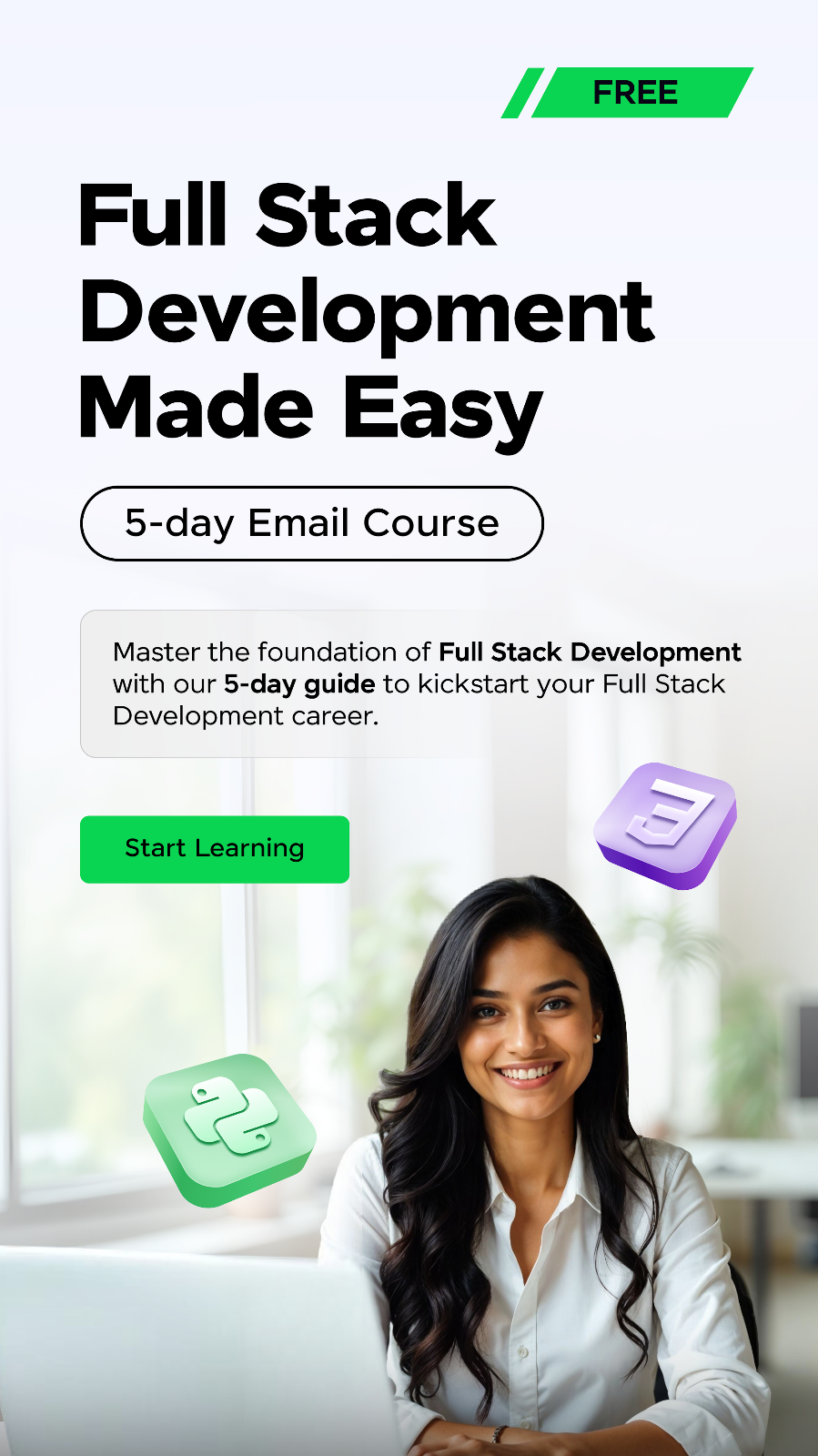





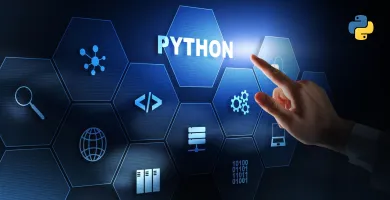













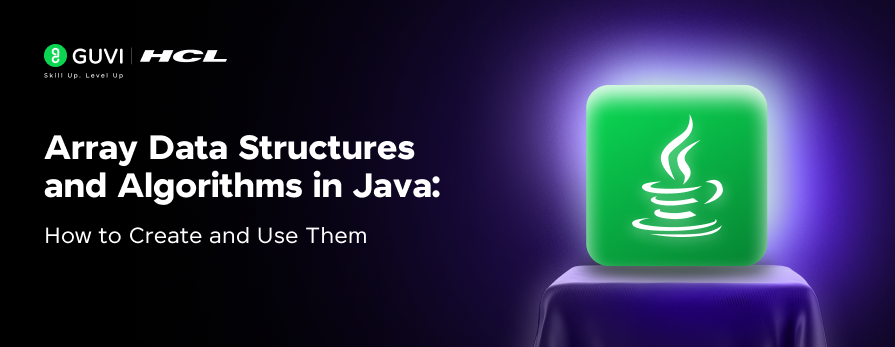

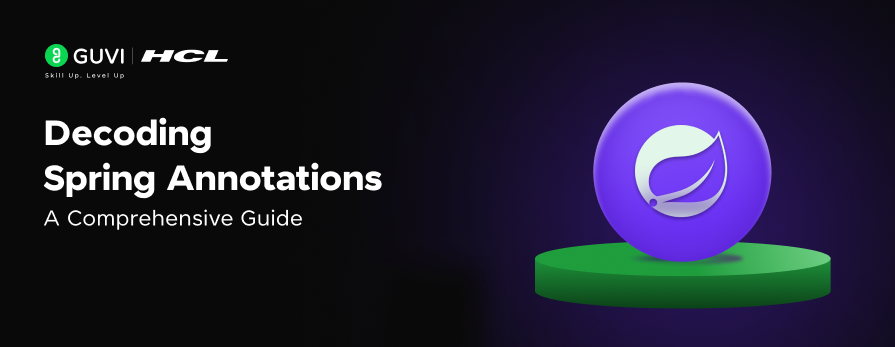
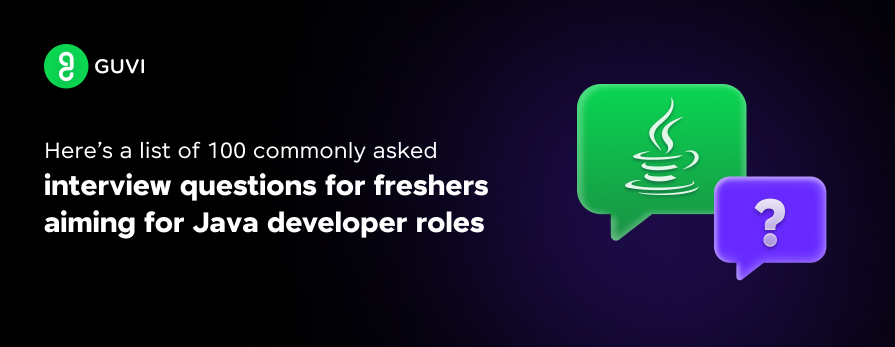
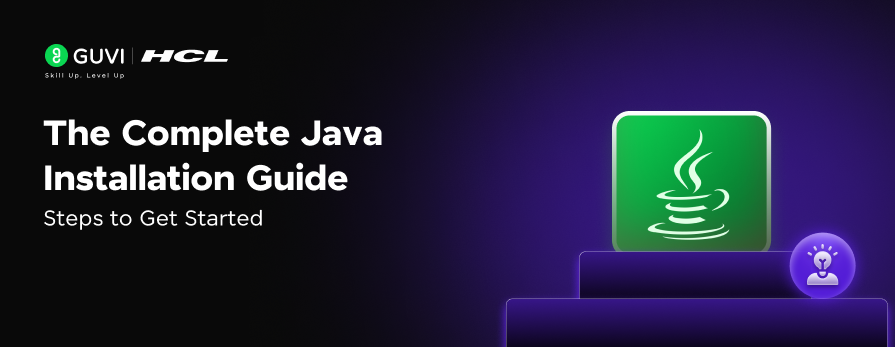
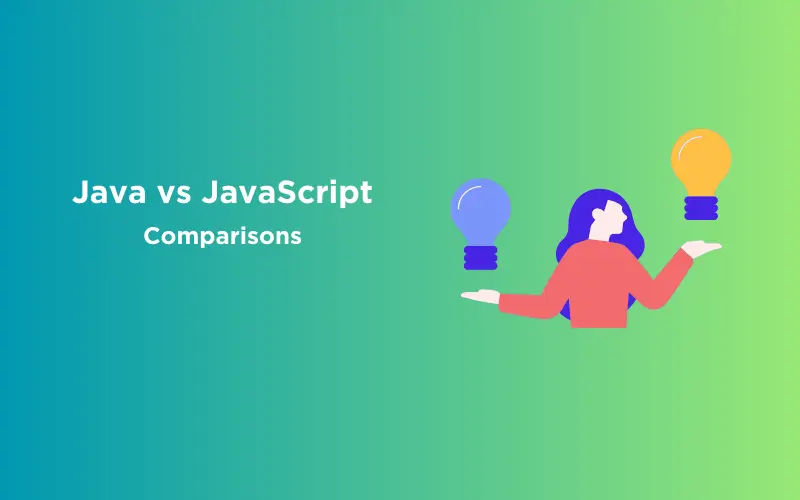






Did you enjoy this article?